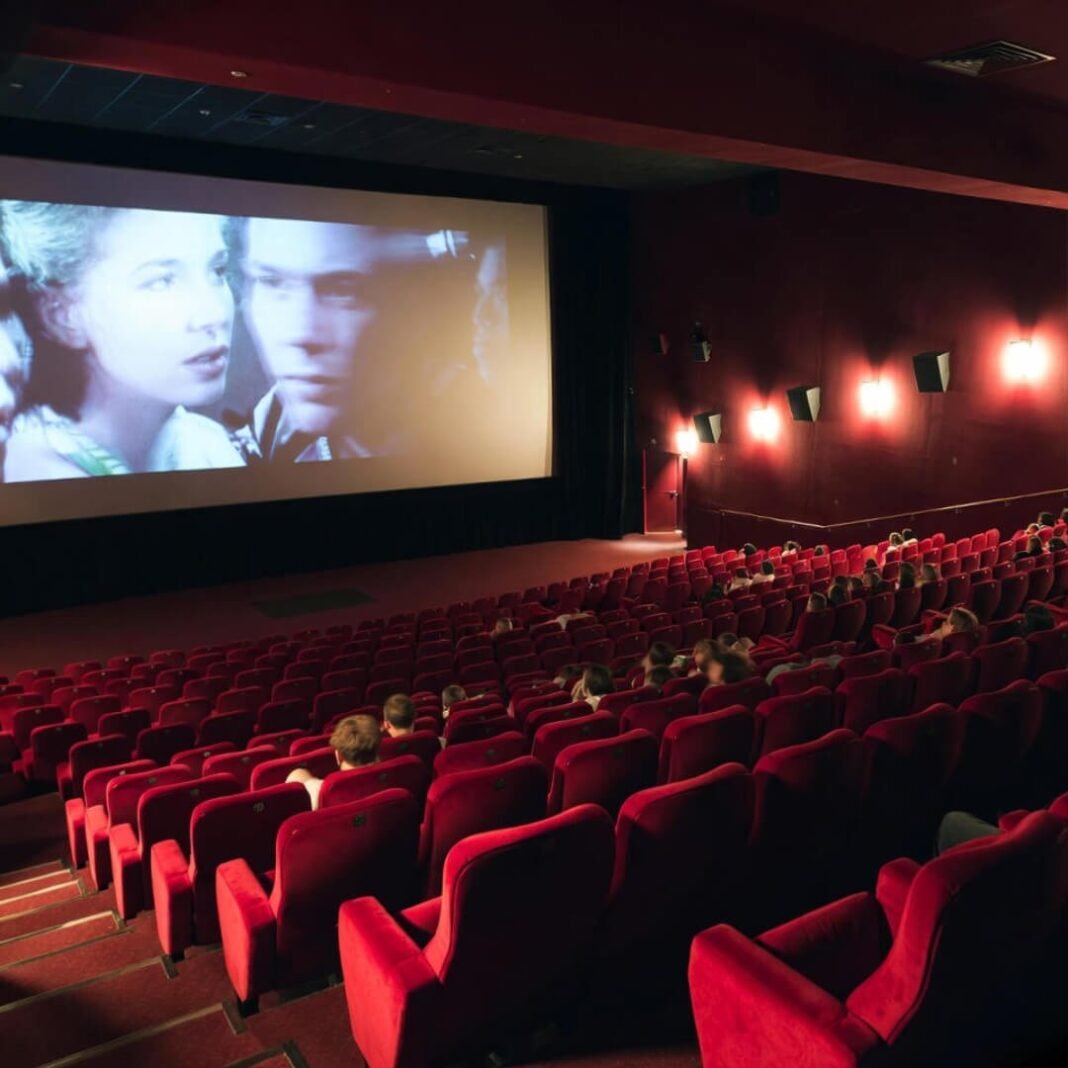The history of music videos is, like, my thing, and I’m writing this from my tiny-ass Bronx apartment where the radiator’s banging like it wants to be in a band. I’m surrounded by empty coffee cups and my cat’s glaring at me for not cleaning up. I’ve been hooked on music videos since I was a kid, sneaking MTV on our old TV with that fuzzy screen, feeling like I was part of something huge. I used to record Spice Girls videos on VHS and thought I was a tech wizard—till my mom caught me and I got grounded for a week. Anyway, let’s get into how music videos started and the ones that totally rewired my brain.
Where Music Videos Came From (And Why I’m Such a Nerd for It)
So, the history of music videos didn’t just kick off with MTV, even though that’s what I thought when I was a kid eating Froot Loops in my Ninja Turtles PJs. Way back in the 1920s, there were these “soundies” things—kinda like music videos you’d watch on a jukebox in some old diner. I found this out while scrolling YouTube instead of paying my electric bill last week. Then in the 60s, The Beatles dropped these promo clips for “Help!” and “A Hard Days Night” . I’m legit jealous I wasn’t alive to see that—they were so goofy but so damn cool. Like, they made music something you could see.
- Why it’s dope: They showed you could tell stories with music, not just strum a guitar.
- My embarrassing moment: I tried filming a “Beatles vibe” video with my buddies in 10th grade. Used my dad’s old camcorder. It was… a disaster. Like, we forgot the lyrics and everything.
The MTV Days: When Music Videos Were My Whole World
When MTV launched in ’81, the history of music videos went from “oh, that’s neat” to “this is my entire personality now.” I wasn’t even born, but my cousin’s stories about watching MTV in his friend’s garage, sneaking cheap beer, make me wish I was there. The first video was The Buggles’ “Video Killed the Radio Star” , and it’s so cheesy but perfect—those synths and weird visuals were like, “Yo, music’s about to get wild.” I’m at this coffee shop in the Bronx right now, dodging dirty looks for hogging a table, and I’m still buzzing about that era. MTV made music videos the way to find new music, and I’m still chasing that feeling.

Music Videos That Straight-Up Changed Me
Some music videos didn’t just add to the history of music videos—they hit me like a truck. Here’s my messy list of the ones that stuck with me:
Michael Jackson’s “Thriller” (1983): Why I’m Trash at Dancing
“Thriller” is the one that made me think I could dance, but spoiler: I can’t. I was at a Halloween party in college, dressed as a zombie with face paint that smelled like regret, and someone played it. I tried the zombie dance, tripped over a couch, and spilled my drink everywhere. That 14-minute video was like a movie—horror, dance, MJ being a legend. It made music videos feel huge. I still can’t moonwalk, and I’m salty about it.
- Why it’s iconic: It mixed horror, dance, and storytelling like nothing else.
- My fail: I practiced “Thriller” for a school talent show. Fell off the stage. My friends still bring it up.
Madonna’s “Like a Prayer” (1989): The One That Got Me in Hot Water
Madonna’s “Like a Prayer” was so wild my super-religious grandma banned MTV at her house. I snuck it on my laptop years later, and damn—the crosses, the passion, the drama. It tackled race, religion, all that heavy stuff, and I was just a kid in Buffalo, jaw on the floor. I’m writing this while my cat’s knocking over my coffee (again), and I’m still obsessed with how Madonna made music videos matter. She was out here starting fights with art.

OK Go’s “Here It Goes Again” (2006): The Treadmill Fiasco
Then there’s OK Go’s “Here It Goes Again” , which had me glued to YouTube in my dorm, ignoring my math homework. Those treadmill moves? Pure genius. I bought a treadmill off Craigslist thinking I could do it. Big mistake—I tripped, knocked over a lamp, and lived off instant noodles for a week to recover. That video showed the history of music videos didn’t need big bucks—just big ideas.
- Why it’s awesome: It proved you could go viral with creativity, not cash.
- My regret: That treadmill’s still in my mom’s basement. I owe her $50 for the lamp.
Music Videos Now: Why I’m Still Hooked
The history of music videos is still kicking on YouTube, TikTok, you name it. I was up too late last night, ignoring my dishes, watching Billie Eilish’s “Bad Guy” . It’s weird, it’s bold, it’s her. Artists like Beyoncé with “Lemonade” or Childish Gambino with “This Is America” keep making videos that hit you in the gut. I’m no pro—just a guy with a Spotify addiction and a messy apartment—but I think music videos keep evolving cause artists keep finding ways to make us feel stuff. I’m still here for it, you know?
Wrapping Up My Love for Music Videos (Kinda)
So yeah, the history of music videos is my jam—like, it’s half my personality at this point. From soundies to MTV to TikTok, they’ve shaped how I vibe with music. I’m just a dude in the Bronx, drinking too much coffee, laughing at my old dance fails and VHS dreams. If you’re as obsessed as me, drop your fave music video in the comments—I’m nosy! Or go binge some classics on MTV’s site. It’s so worth it.




